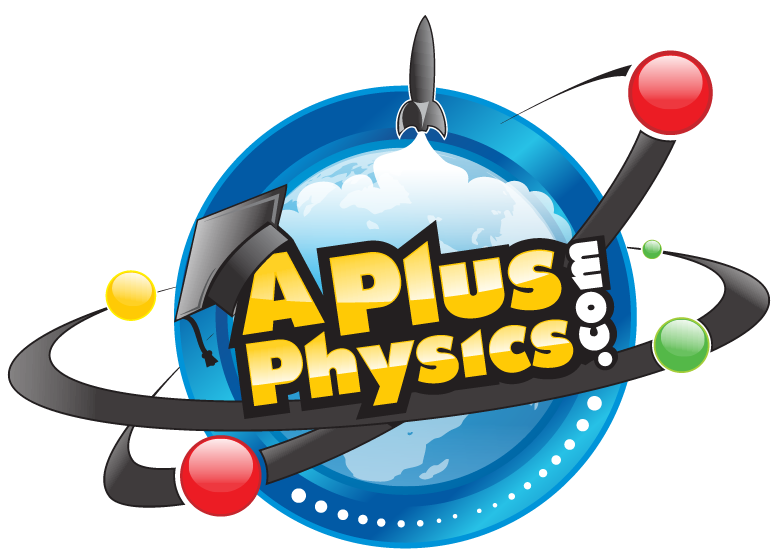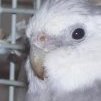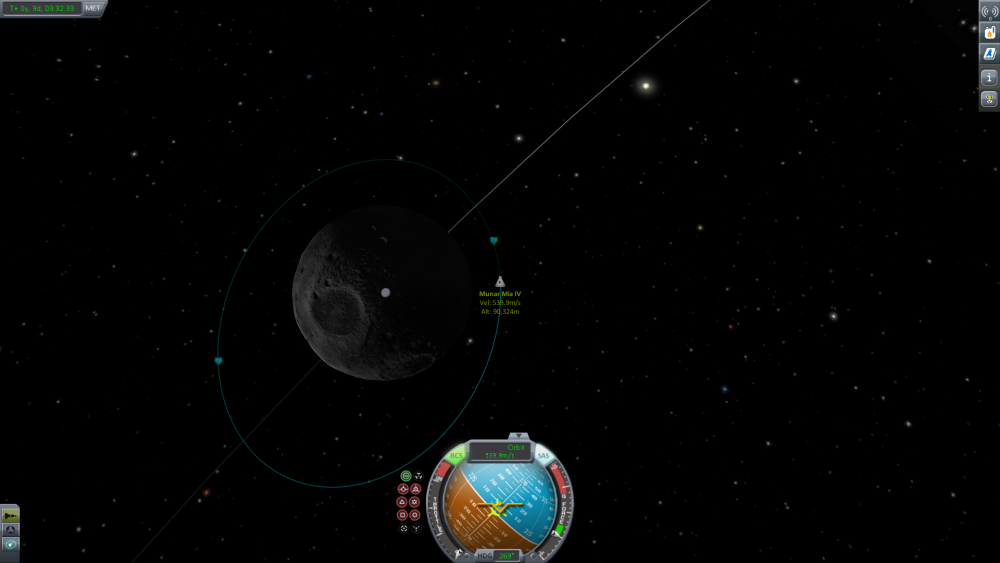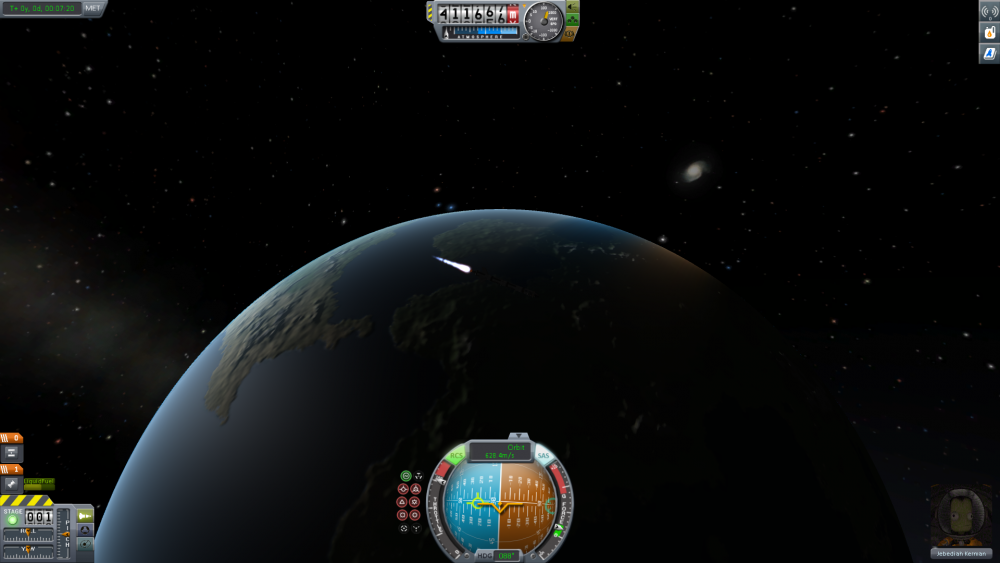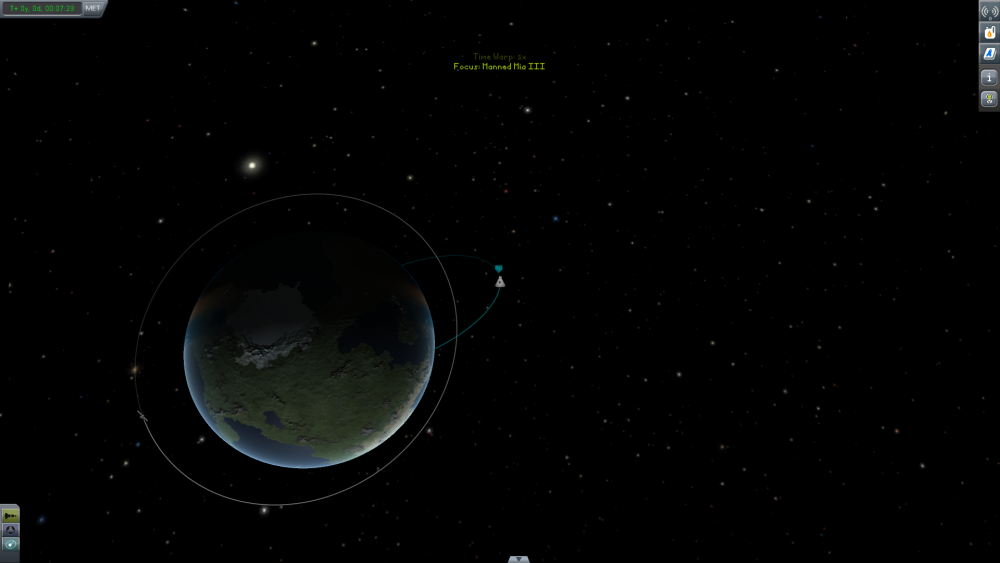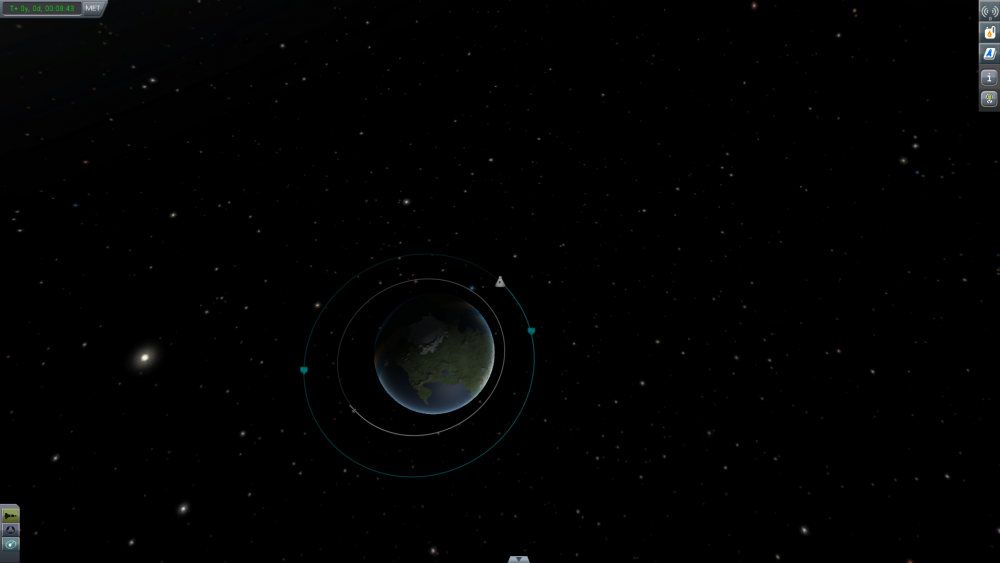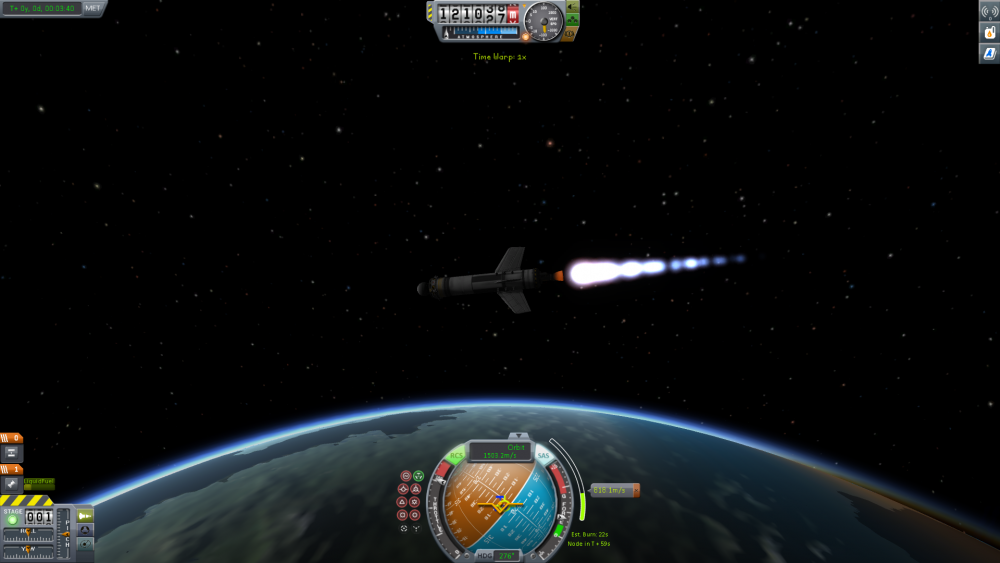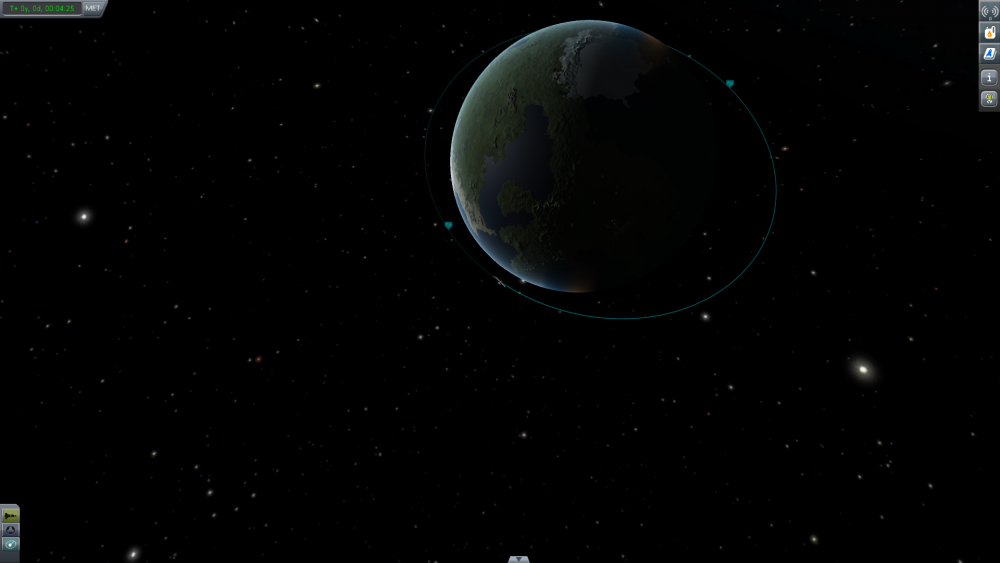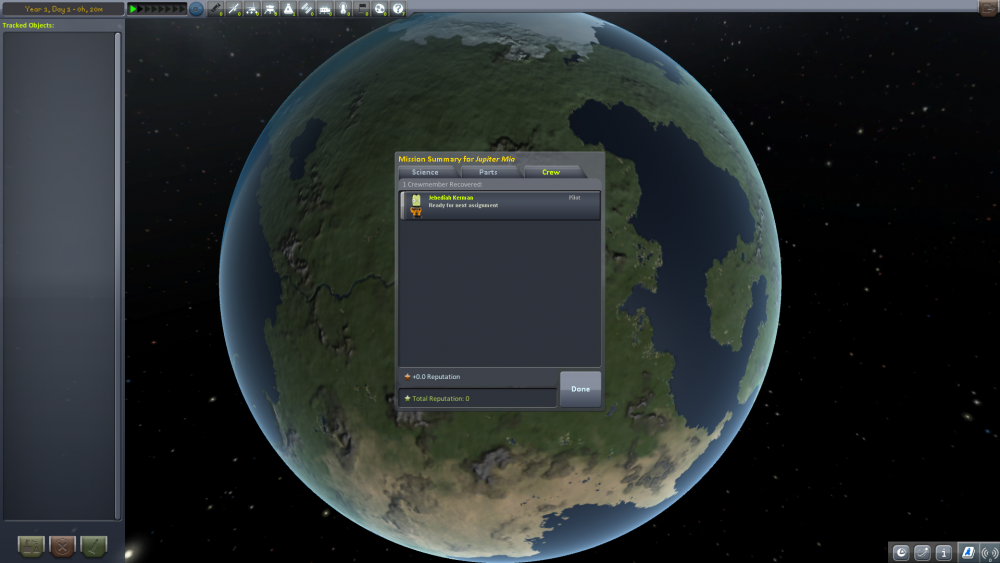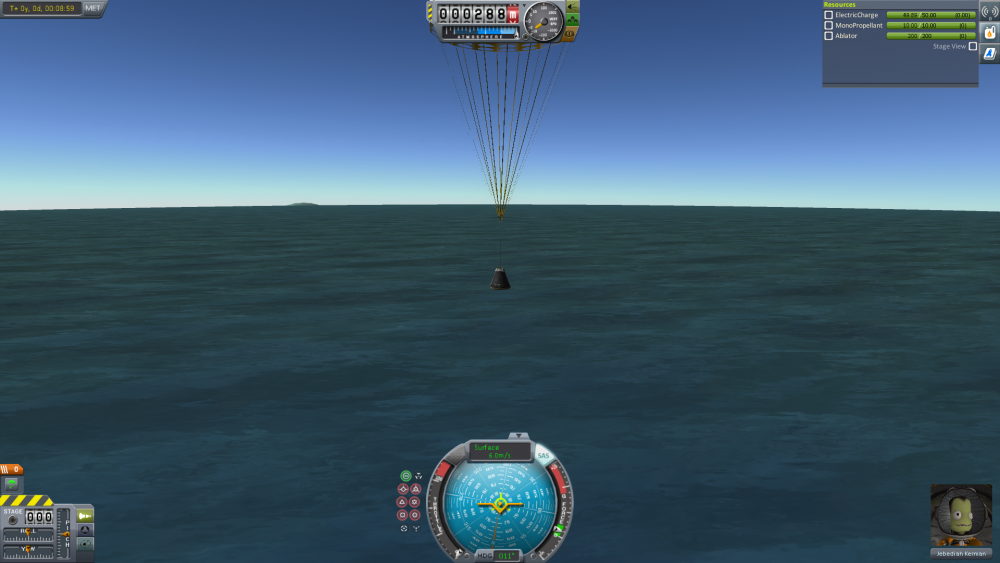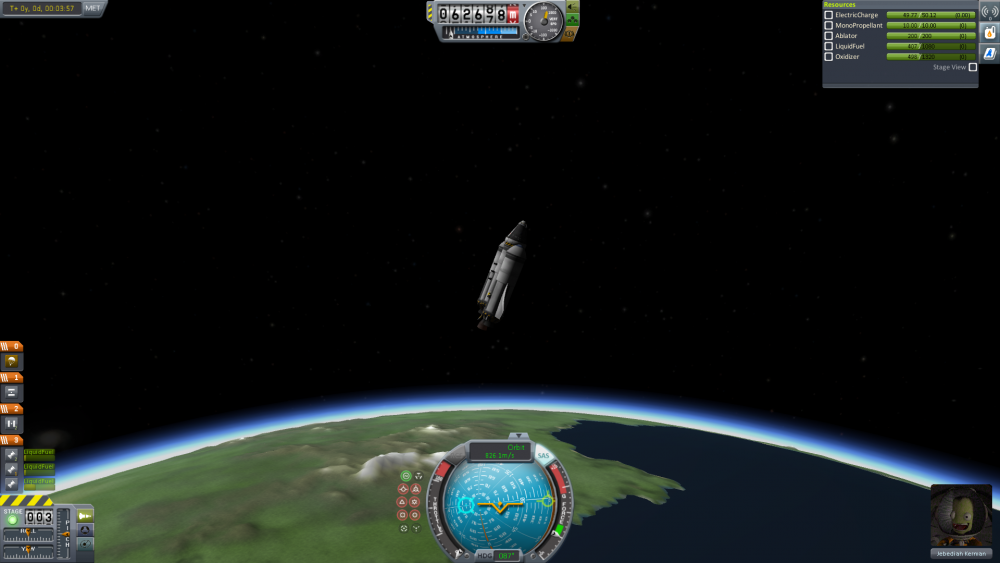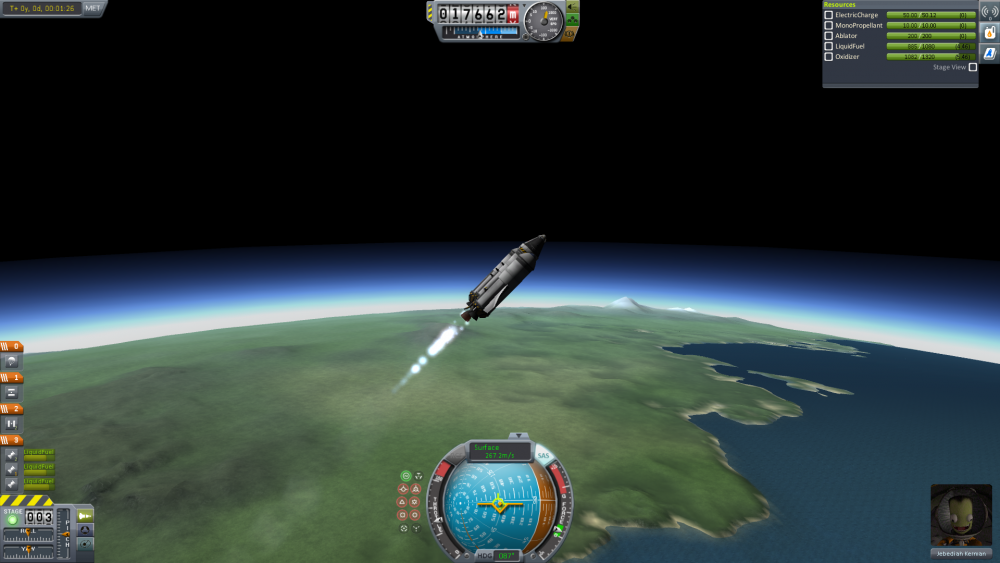-
Posts
61 -
Joined
-
Last visited
Recent Profile Visitors
The recent visitors block is disabled and is not being shown to other users.
prettybird's Achievements
Newbie (1/14)
0
Reputation
-
Launch Time: 10 minutes Team Members Present: Rhys Daunton, Alaina Paradiso, Emani Clark Play-by-Play: We flew the rocket up, and then at the top we had the Kerbal EVA to earn the award. Then we fired to decrease the angle of impact and got Jebediah back safely. Photographs: Time-of-Flight: 7 min 15 sec Summary: We got a Kerbal to EVA liked we planned on. Opportunities / Learnings: We are still trying to get a rocket to the moon, and so we are trying to earn money while getting a final design for the moon. Strategies / Project Timeline: We are still trying to earn as much money as possible before we go to the Mun to build a good rocket. Milestone Awards Presented: EVA Kerbal $60,000 Available Funds: $482,811.50
-
Team Name: Plarkton Industries Available Funds: $491,563.50 Vehicle Name: EVA Mia Vehicle Parts List and Cost: - Mk1 Command Pod $600 - Mk16 Parachute $422 - Mk12-R Radial-Mount Drogue Chute (2) $150 each - TR-18A Stack Decoupler (2) $400 each - FL-R25 RCS Fuel Tank $600 - RV-105 RCS Thruster Block (4) $620 each - AV-T1 Winglet (4) $500 each - BACC “Thumper” Solid Fuel Booster $850 - RT-10 “Hammer” Solid Fuel Booster $400 - Heat Shield (1.25m) $300 Total Cost: $8,752 Remaining Funds: $482,811.50 Design Goals: We are trying to launch a rocket to get us out of the atmosphere and EVA a Kerbal. Launch Goal: EVA Kerbal - $60,000 Pilot Plan: We will fire the boosters and fly at an angle until we get out of the atmosphere and EVA once we’re out. Then, we will fire the second booster to decrease the angle at which we enter the atmosphere so that we enter at a slower velocity.
-
Launch Time: 5 min Team Members Present: Rhys Daunton, Alaina Paradiso, Emani Clark Play-by-Play: We flew the rocket straight up, then at apoapsis, we tilted to 90 degrees and fired until we were in orbit around the earth. We continued burning until our orbit intersected the moons. Once we had an encounter we formed and orbit around the moon. Photographs: Time-of-Flight: 3 min 30 sec Summary: We reached our goal of getting a manned satellite in orbit around the moon. Opportunities / Learnings: We are still trying to get a rocket to the moon, and so we are trying to earn money while getting a final design for the moon. Strategies / Project Timeline: We earned a decent amount of money while still ironing out the wrinkles in our moon rocket. Milestone Awards Presented: Non-Kerbin manned satellite $180,000 Available Funds: $311,563.50
-
Team Name: Plarkton Industries Available Funds: $408,493.50 Vehicle Name: Munar Mia IV Vehicle Parts List and Cost: - Mk1 Command Pod $600 - Mk1 Crew Cabin $550 - FL-R25 RCS Fuel Tank $600 - RV-105 RCS Thruster Block (4) $620 each - Rockomax Brand Adapter $500 - TR-18A Stack Decoupler $400 - Rockomax X200-32 Fuel Tank (16) (half-price) $1500 each - RE-M3 “Mainsail” Liquid Fuel Engine (5) $13000 each - TT-70 Radial Decoupler (4) $700 each Total Cost: $96,930 Remaining Funds: $311,563.50 Design Goals: We are trying to build a satellite to go into orbit around the moon. It needs a decent amount of fuel to get off the earth and around the moon. Launch Goal: We are trying to achieve a non-Kerbin manned satellite for $180,000. Pilot Plan: We are going to fly straight up and then get into orbit around the earth with our orbit intersecting the moon’s. Once we encounter the moon we will burn to get into orbit around it.
-
Team Name: Plarkton Industries Available Funds: $300,123.50 Vehicle Name: Manned Mia III Vehicle Parts List and Cost: - Mk1 Command Pod $600 - FL-R25 RCS Fuel Tank $600 - RV-105 RCS Thruster Block (4) $620 each - Clamp-O-Tron Docking Port $280 - Mk1 Crew Cabin $550 - TR-18A Stack Decoupler $400 - FL-T800 Liquid Fuel Tank (3) (half-price) $400 each - “Kickback” Solid Fuel Booster (4) $2700 each - LV-T45 “Swivel” Liquid Fuel Engine $1200 - AV-R8 Winglet (4) $640 each - Aerodynamic Nose Cone (4) $240 each Total Cost: $21,630 Remaining Funds: $278,493.50 Design Goals: We are trying to build a powerful rocket to get out manned satellite into space. We have a lot of cheap fuel strapped to it to get it into orbit. Launch Goal: We are trying to reach the goal of Pilot Plan: We are going to fly straight up and then fire the rockets towards the horizon to get into orbit. Launch Time: 6 minutes Team Members Present: Rhys Daunton, Alaina Paradiso, Emani Clark Play-by-Play: We flew the rocket straight up, then detached the solid fuel boosters and used the liquid fuel to finish getting out of the atmosphere. At apoapsis, we fired towards the horizon and formed an orbit. Photographs: Time-of-Flight: 9 min 30 sec Summary: We reached our goal of getting a space station. Opportunities / Learnings: We were trying to get to the moon, but decided to do something slightly easier to earn some money. This gets us some more money to fund further explorations. Strategies / Project Timeline: We wanted to do this to earn a decent amount of money to build a good rocket to explore the moon, and so I think we were successful in that. Milestone Awards Presented: Space station in orbit $130,000 Available Funds: $278,493.50
-
Launch Time: 52 minutes Team Members Present: Rhys Daunton, Alaina Paradiso Play-by-Play: We flew the plane at a constant altitude after launch, until we got to the north pole. We landed farther away, so we got our Kerbal out and had them walk to the UFO before taking the picture. Then we retrieved them since we were still on Kerbin. Photographs: Time-of-Flight: 1 hr 37 min Summary: We reached our goal of getting the picture. We also built a pretty decent plane, so if we have to use one for another flight, we have a model to start with. Opportunities / Learnings: We had some trouble at first creating a plane with enough lift and so there were many failed trials. However, I think that we both have a better understanding of the games plane mechanics. Strategies / Project Timeline: We wanted to do this to earn a decent amount of money to build a good rocket to explore the moon, and so I think we were successful in that. Milestone Awards Presented: Picture of UFO on northern ice cap of Kerbin - $100,000 Available Funds: $120,123.50
-
Kerbin Mia Post-Flight Launch Time: 13 minutes Team Members Present: Rhys Daunton, Alaina Paradiso Play-by-Play: Launch started at 1:40pm, and the satellite began accelerating straight up. Once the first set of engines ran out of fuel, we decoupled them and drifted towards apoapsis. At around 110k meters we created a maneuver to put us into orbit and fired the second engine to complete the maneuver’s burn. Once that had been completed, we decoupled the engine from our satellite and let it orbit. Photographs: Time-of-Flight: 5 minutes Summary: We reached our goals of a satellite reaching and sustaining orbit. This was the main goal, and we did so without a hitch. Opportunities / Learnings: We stayed with our goal of making a cheaper rocket with only one goal. We didn’t need to make a return since it is unmanned, so safety wasn’t a concern. Strategies / Project Timeline: We still like the strategy of taking things a bit slower and trying to achieve less milestones in one launch. Milestone Awards Presented: Satellite in stable orbit - $80,000 Available Funds: $120,123.50
-
Team Name: Plarkton Industries Available Funds: $152,678.50 Vehicle Name: Kerbin Mia Vehicle Parts List and Cost: - Probodobodyne Stayputnik $300 - Z-1k Rechargeable Battery Bank $880 - FL-R25 RCS Fuel Tank $600 - FL-T800 Fuel Tank (5) $800 each (half price) $400 each - FL-T400 Fuel Tank $500 (half price) $250 - RV-105 RCS Thruster Block (4) $620 each - Aerodynamic Nose Cone (4) $240 each - LV-T30 “Reliant” Liquid Fuel Engine (4) $1100 each - LV-T45 “Swivel” Liquid Fuel Engine $1200 - TT-38K Radial Decoupler (4) $600 each - TR-18A Stack Decoupler $400 - AV-R8 Winglet (4) $640 each Total Cost: $7,230 Remaining Funds: $145,448.50 Design Goals: We are just trying to get this satellite into orbit, therefore we had a decent amount of fuel to get it up there. Launch Goal: We are hoping to learn how to effectively get a satellite into orbit and what features are most important to do so. We are hoping to achieve satellite in orbit for $80,000. Team Name: Plarkton Industries Available Funds: $145,448.50 Vehicle Name: Cat Flyer Vehicle Parts List and Cost: - Mk1 Cockpit $1250 - LV-10 Small Landing Gear $600 - LV-35 Medium Landing Gear (2) $700 each - Adjustable Ramp Intake (Radial) (2) $900 each - Delta0Deluxe Winglet (2) $600 each - Mk1 Liquid Fuel Fuselage (3) $550 (half price) $275 each - OX-STAT Photovoltaic Panels (4) $75 each - CR-7 R.A.P.I.E.R. Engine $6000 - FAT-455 Aeroplane Control Surface (4) $800 each - Wing Connector Type B (6) $500 each - Wing Connector Type A (12) $500 each - Mk12-R Radial-Mount Drogue Chute (2) $150 each Total Cost: $25,325 Remaining Funds: $120,123.50 Design Goals: We are trying to build an aerodynamic plane to get us to the north ice cap quickly. Launch Goal: We tried to build something with enough lift to get the plane up high enough to efficiently get to the north pole. We are hoping to find the UFO and take a picture to earn $100K. Pilot Plan: We want to turn north, and then climb to 15k-20k meters and fly towards the ice cap. As we approach we will land and find the UFO.
-
Launch Time: 13 minutes Team Members Present: Rhys Daunton, Alaina Paradiso Play-by-Play: Launch started at 1:13 pm, rapidly rising at ~900 m/s. Detached solid fuel boosters once ran out of fuel and began tilting the rocket to prepare for orbit. Continues rising at about 1 km/s now, and continues towards apoapsis. Slowing down rocket with retrograde firing as it approaches apoapsis. Once at peak, we begin to increase velocity again so that the rockets path grows around the planet. Accelerating towards 2 km/s and orbit begins to form. Once orbit has formed, we begin the process to descent back to Kerbin. We detach all parts of the rocket from our Kerbal’s pod and wait to deploy the parachute. Photographs: Time-of-Flight: 16 minutes Summary: We reached our goals of reaching orbit and manned orbit. Safety-wise, our rocket exploded and everything turned out well, however we should look into what exploded to ensure it doesn’t occur again. Opportunities / Learnings: We found we were more successful this time at creating a cheaper rocket and one that did more (orbit). We also found that more parachutes were better than one, and that we should perform more tests than less to ensure safety. Strategies / Project Timeline: We liked the strategy of taking things a bit slower and trying to achieve less milestones in one launch because it keeps things safer and more stable. It also allows for a focus to be created. Milestone Awards Presented: Stable Orbit - $40,000 Manned Stable Orbit - $50,000 Available Funds: $62,678.50
-
Team Name: Plarkton Industries Available Funds: $74,658 Vehicle Name: Jupiter Mia II Vehicle Parts List and Cost: - Mk16 Parachute $422 - Mk12-R Radial Mount Drogue Chute (2) $150 each - OX-STAT Photovoltaic Panels (2) $75 each - Z-100 Rechargeable Battery Pack (2) $80 each - Heat Shield (1.25m) $300 - TR-18A Stack Decoupler (2) $400 - FL-R25 RCS Fuel Tank $600 (half-price) $300 - FL-T200 Fuel Tank $275 (half-price) $137.50 - LV-909 “Terrier” Liquid Fuel Engine $390 - FL-T800 Fuel Tank $800 (half-price) $400 - FL-T400 Fuel Tank $500 (half-price) $250 - LV-T45 “Swivel” Liquid Fuel Engine $1200 - Mk1 Command Pod $600 - BACC “Thumper” Solid Fuel Booster (3) $850 each - AV-T1 Winglet (3) $500 each - Aerodynamic Nose Cone (3) $240 each - TT-38K Radial Decoupler (3) $600 each Total Cost: $11,979.50 Remaining Funds: $62678.50 Design Goals: We are trying to get this rocket to orbit Kerbin. We want a safe rocket to also ensure landing back onto Kerbin. Launch Goal: We are hoping to launch a manned rocket all the way into orbit. We would be expecting to achieve stable orbit - $40,000, and stable manned orbit - $50,000 Pilot Plan: Initially, we will be trying to gain altitude and velocity, and will eventually turn east. We hope to gain a parabolic arch path. At the top of the arch, we will accelerate to the horizon and this should put us into orbit.
-
Launch Time: 10 min Team Members Present: Rhys Daunton, Alaina Paradiso Play-by-Play: Our launch started off well, we are flying straight up and hit a 10 km manned launch. We decided to cut back on our goal and try to only make it to a 50 km manned launch. We started heading back to earth. We used retrograde firing to slow us down and splash down into the sea safely. Photographs: Time-of-Flight: 9 minutes Summary: We achieved the first three milestones, and we decided not to achieve the orbit milestone. We achieved 10 km flight, 10 km manned and 50 km manned. The only safety was to continue to use retrograde burning to slow down the rocket for parachute deployment. Opportunities / Learnings: We sometimes must cut back on our goals to keep safety our top priority. Strategies / Project Timeline: We now have a lot of funds to build a good rocket for orbit. We are ready to tackle the next milestone. We need to make an orbital rocket with a new design. Milestone Awards Presented: 10 km - $10,000 10 km manned - $20,000 50 km manned $30,000 Available Funds: $14,658
-
Team Name: Plarkton Industries Available Funds: $30,000 Vehicle Name: Jupiter Mia Vehicle Parts List and Cost: - 4 nose cones $240 each, - Mark I capsule $600 - Parachute $422 - Decoupler $400 - 4 Radial Decoupler $600 each - RCS Fuel Tank $600 - 4 RCS Thruster Blocks $620 each - 2 Thumper Solid Fuel Boosters $850 each - 3 Liquid Fuel Tanks $800 each, half off so $400 each - 2 external fuel ducts $150 each - 4 AV-T1 Winglets $500 each - Swivel Liquid Fuel Engine $1200 - 2 “Terrier” Liquid Fuel Engine $390 each - Heat Shield $300 Total: $15,342 Remaining Funds: $14,658 Design Goals: We are trying to get this rocket to orbit Kerbin. We are trying to create a rocket with a lot of stability to keep the Kerbals safe. Launch Goal: We are hoping to launch a manned rocket all the way into orbit. We would be expecting to achieve launch to 10 km - $10,000, manned launch to 10 km - $20,000, manned launch to 50 km - $30,000, achieving stable orbit - $40,000, and achieving stable manned orbit - $50,000 Pilot Plan: Initially, we will be trying to gain altitude and velocity, and will eventually turn east. We hope to gain a parabolic arch path. At the top of the arch, we will accelerate to the horizon and this should put us into orbit.
-
If a tree falls in the forest, and no one is around to hear it, does it make a sound? When a ball hits the ground or an axe hits a tree, we can hear a noise signaling this collision. Obviously, sound waves are produced, but where exactly do they come from? When two objects collide, one of two things can happen: an elastic or inelastic collision. In the case of elastic, no kinetic energy is lost. Inelastic, however, involves a loss of kinetic energy. Where does it go? Part of it goes to heat, but another part of it causes the sound waves to be produced because they need energy. When two objects collide, the molecules of the object vibrate a little, which in turn vibrates the air molecules, creating a longitudinal wave. So, if a tree falls, it does make a sound because the laws of physics don't stop just because there isn't a human to watch it.
-
I was wondering how a credit card (without a chip) might be able to store the data needed to make a purchase, so I decided to look it up. As with most things, it actually is related to physics. I knew that the strip was a "magnet", but in reality, it's several magnets (by several I mean a lot) that are polarized with north and south on differing sides. The strip stores the data you need with these magnets. There are three separate tracks on the magnetic strip that all store different information in almost a sort of magnetic code. When you swipe your card, the card reader decodes your own magnetic "code", allowing you to make a purchase. Neat, right?
-
Makeup is one of my biggest interests, however I wake up late a lot of the time and don't have time to put it on. It's fun to be creative and almost create art on your face, and to show it off for a day. The big physics principle behind makeup is trying to combat the force of gravity and using friction to help the makeup apply. All the makeup on your face is applied with some amount of friction helping you out. Whether you're applying lipstick from the tube or using a brush to put on eyeshadow, you're counting on friction to put that stuff on your face. You also count on that force of friction to keep your makeup on your face throughout the day. If there was no friction, the makeup would fall right off your face. (Below are some selected favorites from my collection which all demonstrate this physics principle. Also, my cat Mia is a diva and had to be in the photo.)
Terms of Use
The pages of APlusPhysics.com, Physics in Action podcasts, and other online media at this site are made available as a service to physics students, instructors, and others. Their use is encouraged and is free of charge. Teachers who wish to use materials either in a classroom demonstration format or as part of an interactive activity/lesson are granted permission (and encouraged) to do so. Linking to information on this site is allowed and encouraged, but content from APlusPhysics may not be made available elsewhere on the Internet without the author's written permission.
Copyright Notice
APlusPhysics.com, Silly Beagle Productions and Physics In Action materials are copyright protected and the author restricts their use to online usage through a live internet connection. Any downloading of files to other storage devices (hard drives, web servers, school servers, CDs, etc.) with the exception of Physics In Action podcast episodes is prohibited. The use of images, text and animations in other projects (including non-profit endeavors) is also prohibited. Requests for permission to use such material on other projects may be submitted in writing to info@aplusphysics.com. Licensing of the content of APlusPhysics.com for other uses may be considered in the future.
